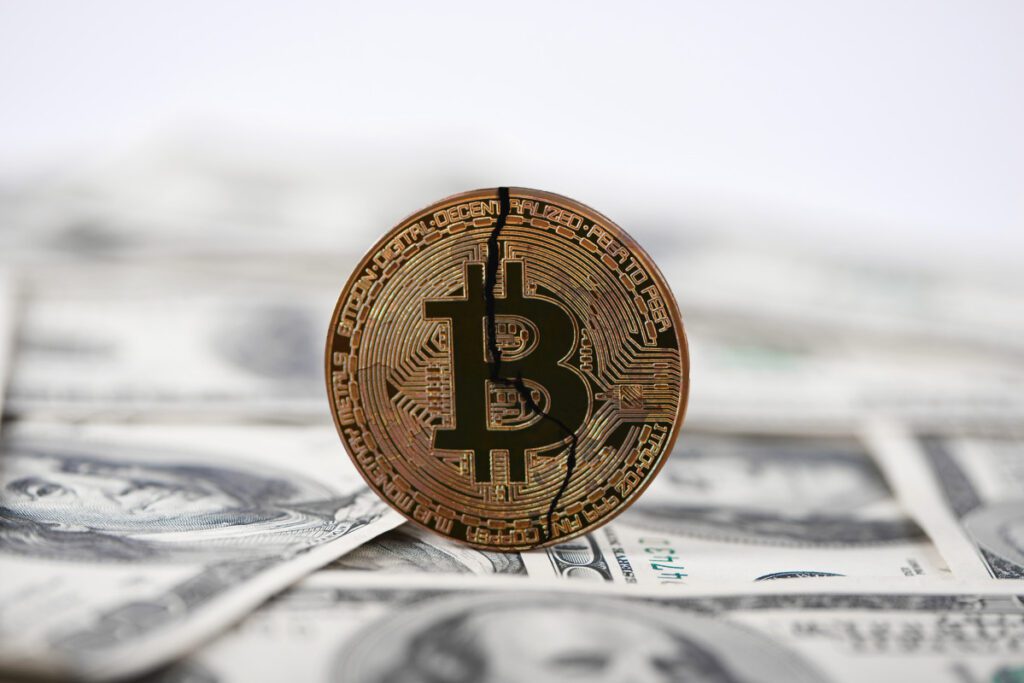Bitcoin market analysts predict that the value of the world’s largest cryptocurrency could skyrocket following the massive interest rate cuts by the U.S. Federal Reserve on Wednesday.
An hour after the U.S. Federal Reserve’s historic announcement Wednesday of a half-percentage-point interest rate cut, bitcoin surged from $59,500 to $61,000. It is currently trading at over $63,000 at the time of writing, up about 6% from yesterday’s price.
Additionally, the fourth quarter of this year is expected to see an acceleration in flows into Bitcoin exchange-traded funds (ETFs), according to Alice Liu, senior researcher at CoinMarketCap. Ethereum ETFs could also benefit from increased flows, thanks to market dynamics driving more capital into cryptocurrencies and other risk assets, she added.
“Historically, the fourth quarter has often been a strong period for bitcoin, with an average price increase of 90.33% over the past 10 years,” Liu said. “This year, we are entering the fourth quarter from a relatively low price level. Given these factors, there is a high probability that we will see a price surge during the remainder of the year, which could even push bitcoin to a new all-time high.”
Bitcoin is also benefiting from a supportive environment thanks to a reduction in liquidity. “A half-percent reduction is a positive surprise and represents an easing in liquidity conditions,” added Steven Lubka, head of Swan Private at Swan Bitcoin. “Bitcoin is highly correlated to the liquidity environment, which should support higher bitcoin prices through the end of the year and beyond.”
Other analysts like Ruslan Lienkha, Head of Markets at YouHodler, added that bitcoin is likely to move closer to its all-time high: “This significant decline is seen as very supportive for equity markets, providing a risk signal to short-term traders.”
“However, the long-term outlook remains uncertain as this move could also be seen as an emergency measure, suggesting that the Fed may have delayed action and misjudged the optimal timing for easing policy,” Lienkha added. “Over the next three months, it will become clearer whether the Fed can guide the economy to a soft landing and avoid a recession in this cycle.”




